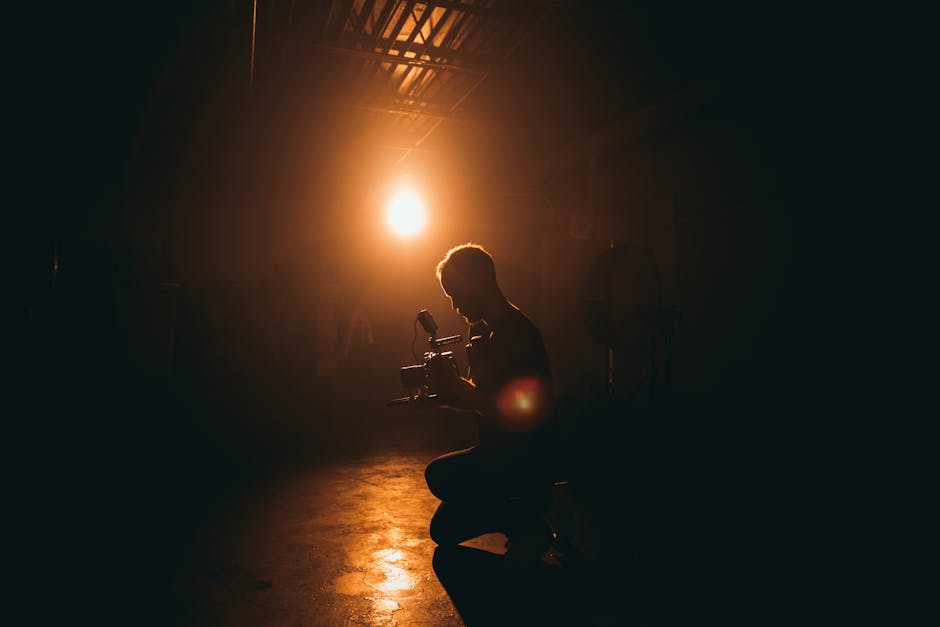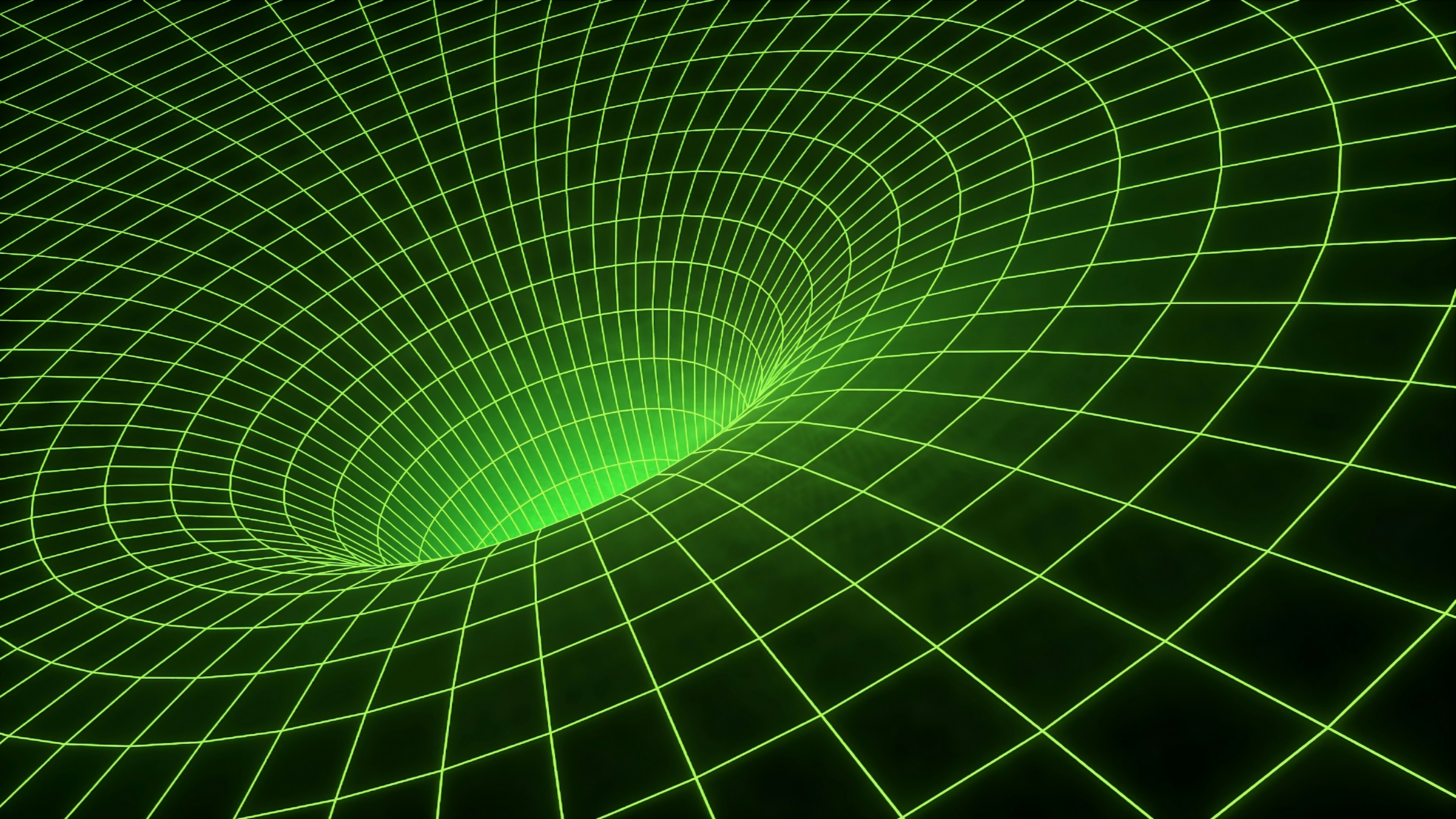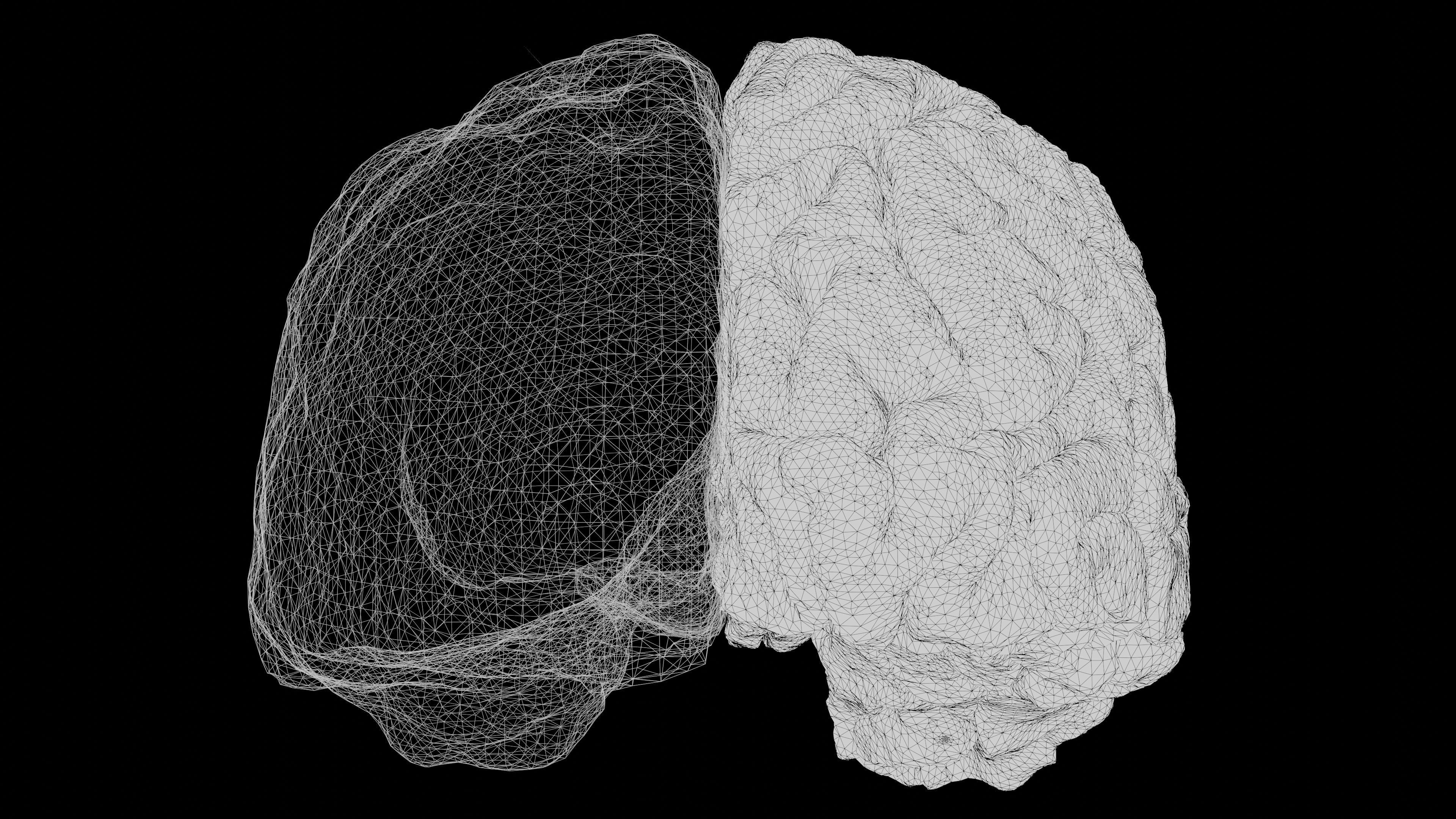Explore the Psychology of Color in Photography Gear Today!
Choosing the right photography gear is much more than selecting the perfect camera or lens; it’s a psychological game. The colors of the equipment we choose can subtly influence our creative process, mood, and ultimately, the style of our photographs. This exploration into the psychology of color in photography gear uncovers how our choices are not only practical but emotional. Dive in as we unpack the layers of what makes photography gear aesthetically and psychologically influential.
The Intersection of Color and Creativity

The power of color in photography is undeniable. Colors evoke emotions, set the mood, and can sometimes even steer us toward specific creative avenues. When it comes to photography gear, the colors you choose extend beyond mere aesthetics—they resonate with your creative energy. For instance, consider how a vibrant red camera strap might inject a sense of passion and boldness in your photography, while a sleek black bag could evoke a sense of professionalism or sophistication.
The psychology of color theory asserts that our environment significantly impacts our mood and productivity. When you're surrounded by colors that reflect your personality, you naturally feel a stronger connection to your work and your equipment. As a photographer, this connection fosters creativity and allows for more authentic storytelling through imagery.
The Role of Color in Gear Selection

When selecting gear—such as camera bodies, lenses, and accessories—color can play a pivotal role. You might gravitate toward certain colors due to personal preference, but there's more to it. Let’s break down some colors and their psychological implications:
-
Red: Often associated with passion and energy, a camera or strap in red could enhance your drive and encourage you to capture dynamic scenes.
-
Blue: Symbolizing tranquility and reliability, a blue camera bag might make you feel calm and focused, enhancing your ability to create serene compositions or landscapes.
-
Black: Signifying elegance and professionalism, black gear tends to be chosen by serious photographers who wish to convey a more formal image.
-
Yellow: Associated with optimism and happiness, a yellow camera case might evoke creativity and freedom, allowing you to experiment with different styles.
-
Green: Often linked to nature, a green backpack can influence a nature photographer’s approach, encouraging them to consider ecological factors within their frames.
Understanding these color associations can guide your choices, allowing you to harness the psychological benefits linked to each hue.
How to Choose Color Wisely for Your Gear

Now that you understand the implications of color in your gear selection, how do you leverage this knowledge in practical applications? Here are some steps to help you choose wisely:
-
Assess Your Photography Style: Consider what kind of photography you engage in—are you a nature lover, street photographer, or portrait artist? Your colors should reflect your niche.
-
Match Gear to Your Personality: Think about which colors resonate with who you are as an artist. What emotions do you want your gear to elicit?
-
Color Coordination: Ensure that your gear doesn’t clash with your aesthetic. For instance, if you’re drawn to bright colors, complement your colorful camera strap with more muted clothing to let your gear stand out.
-
Mind the Practical Aspect: Bright colors can increase visibility, making it easier to spot your gear on location. However, modifying gear colors should also complement the scenes you’re capturing.
The Impact of Color on Your Work

To further understand the psychology behind color in photography gear, we must consider how it manifests in completed works. Gear does more than simply capture a moment—it contributes to the overall mood and aesthetic. For example, a set of brightly colored filters in your kit can lead to experiments with vibrancy and saturation, influencing how you process your photos.
In the realm of editing, the color grading of photographs can alter their interpretation significantly. Equipment coupled with the right emotional energy can lead to freshly defined styles, showcasing your distinct narrative. For more information about how emotional intelligence plays a role in these decisions, check out this insightful piece on emotional intelligence in photography gear choices.
Case Study: The Thought Process Behind Color Choices

Let’s take a practical example—imagine attending a vibrant city festival with a bright yellow camera strap. This choice may influence your creativity positively, prompting you to capture jubilant crowds, colorful confetti, and energetic performers. Conversely, a muted color scheme might lead you to focus on more intimate, poignant moments that heavily embody contrast or shadows.
Different filter choices, soft boxes, or reflectors in color can completely change your images. Because these gear choices affect your shooting approach and final results, keeping a journal during shoots might help document how different colors influenced the day’s creative process.
Linking Color to Technical Choices in Photography Gear

Another layer to consider is how your color choices for gear can influence technical decisions. Are you choosing warm-toned lenses to complement outdoor golden hour sunlight or opting for cooler tones to contrast a blue hour shot? These decisions tether back into your emotional connection with your equipment.
When exploring lens selections, some photographers find that colored lens hoods not only improve the aesthetic of their gear but also allow for improved light modulation and creative artistic interpretation. Reflecting on how colors interact with light can transform both your practical decisions and creative efforts. Understanding the empirical relationship between color and light may guide you toward making more intentional choices with your photography gear.
Harnessing Color Theory in Creative Exploration

The psychological impact of a vibrant lens or a neutral camera body can serve to advance not just individual images but your entire collection as a photographer. You can start deploying color theory principles into your work, enhancing not just what your audience sees but how they feel about what they observe.
Consider the work of other photographers who have employed color theory to enhance storytelling. Learn from those who leverage dramatic color techniques, color grading in post-production, or even those who create mood boards that embody color palettes before a shoot. This ethos embodies the notion that color is an artistic voice and should be carefully considered across all gear choices.
Real-Life Applications: Photographers Who Use Color Intentionally

To understand the relationship of color in photography gear better, let us draw inspiration from renowned photographers who intentionally use color. For instance, the iconic work of Annie Leibovitz showcases the use of strikingly colorful backdrops, perfectly selecting gear that complements her bold visual statements.
Similarly, street photographers like Alex Webb demonstrate the delicate interplay of clothing color and gear choice to enhance their candid captures. These examples illustrate how intentional color choices can bleed into our work, shaping our style and enriching the techniques we deploy for everything from street photography to editorial portraits.
Staying Relevant: Trends in Photography Gear Color

As we progress further into the era of digital photography, certain color trends emerge. In recent years, earthy and dusky palettes have gained traction, mirroring trends in consumer electronics overall. As photographers champion creativity and emotional storytelling, having gear in trending colors can keep your work fresh and relevant. You can find some insights in this piece on what’s occurring in photography gear trends.
The Importance of Aesthetic Consistency
Lastly, creating a strong, consistent aesthetic through color not only enhances your brand but fosters a recognizable image. Photographers who’ve invested time in color rhetoric can create portfolios that stand out in a saturated market.
Pay close attention not just to the colors of your gear but how they play into your brand narrative. This extends to not just gear but to post-processing as well. A cohesive color scheme can tell a deeper story, evoking emotions in your audience and solidifying your style.
Final Thoughts: Your Color Choices Matter
The psychology of color in photography gear opens up a gateway to exploring how our choices impact our creative journeys. Whether you’re a professional seeking to refine your portfolio or an enthusiast looking to enhance your hobby, understanding this connection can elevate your work.
By being intentional with color, you can create more engaging imagery and even shape the emotional responses of your audience. Foster that connection with your gear and memories you create through photography; whether it's through stepping into vibrant environments or appealing to muted tones, your gear decisions should mirror your storytelling voice.
Forget about the conventional wisdom that gear doesn’t matter; instead, embrace the psychological impacts of your choices. And remember, just as color defines art, your gear choices ultimately define your creative mood and storytelling style—so choose wisely.



